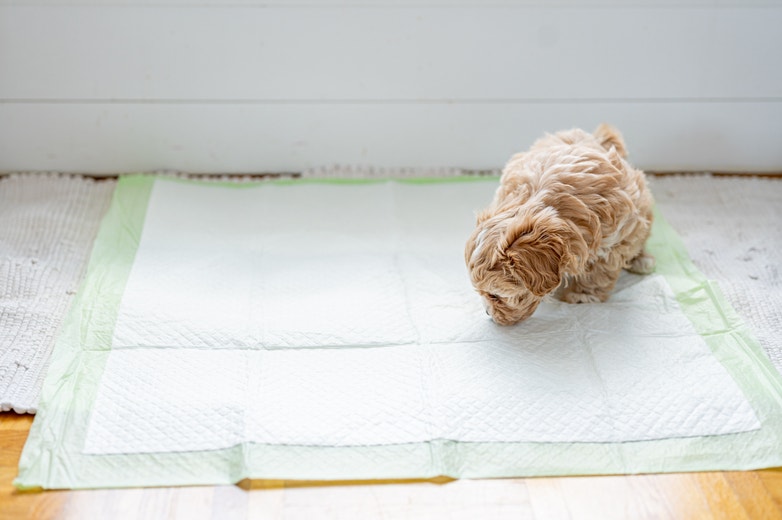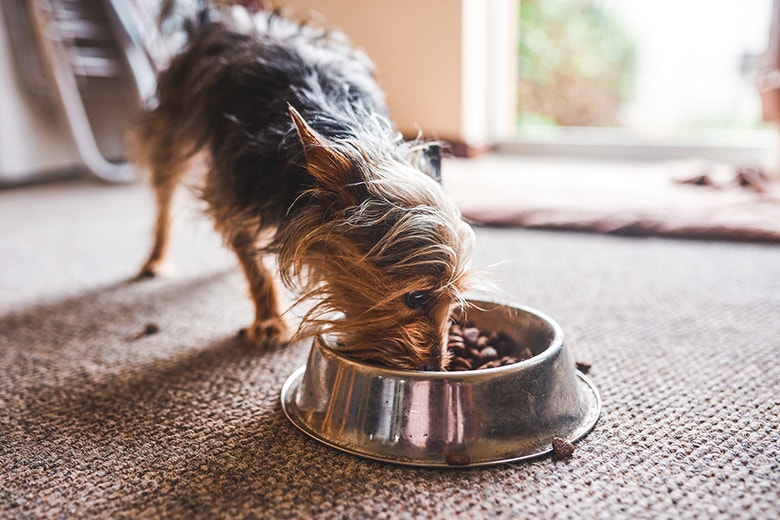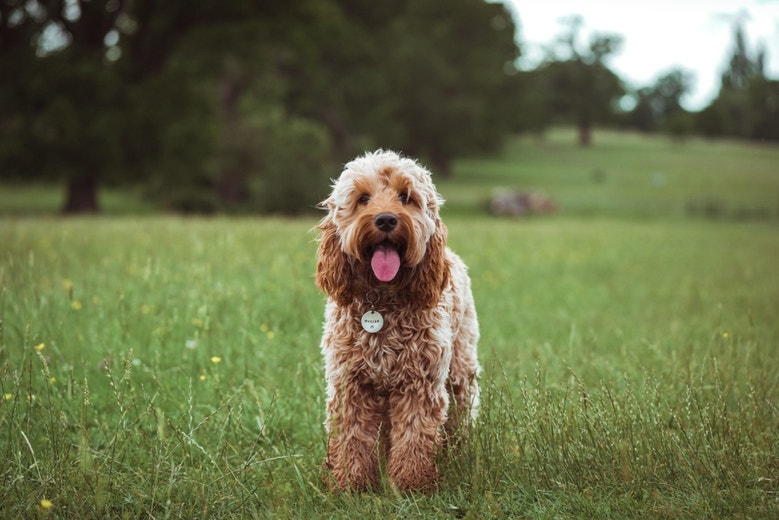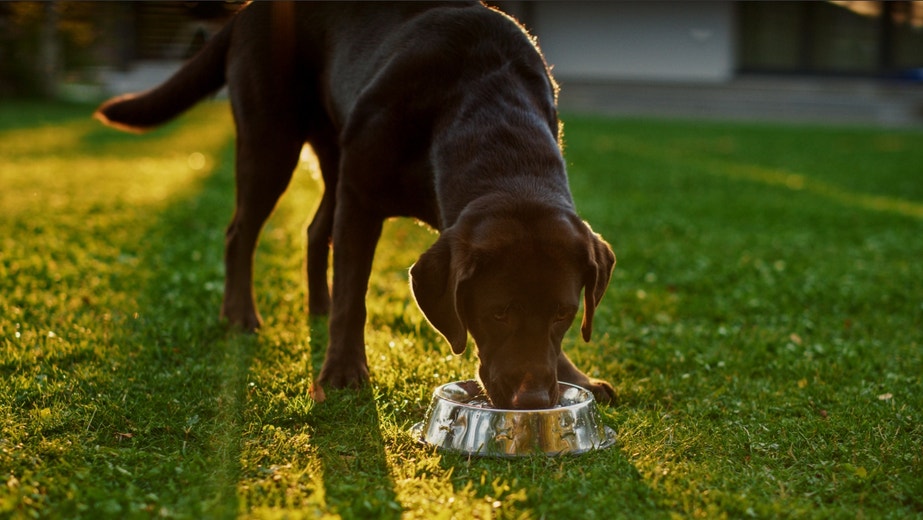
A Guide To Brushing Your Dog’s Teeth
A Guide To Brushing Your Dog’s Teeth
Keeping your dog’s teeth clean is key for their overall wellbeing, and one way this can be done is by brushing your dog’s teeth. The earlier you start taking care of your dog’s dental hygiene, the better. However, it’s never too late to establish a routine of brushing your dog’s teeth.
Why brushing your dog’s teeth is important
Brushing your dog’s teeth will improve their dental hygiene and help keep them healthy. Three out of four dogs over the age of three suffer from canine dental disease(open in new tab), so keeping your dog’s teeth clean is vital. Similar to humans, poor dental health in dogs can lead to problems like, tooth decay, infections, or other health conditions, such as heart disease.
Regular brushing can also help prevent gum disease. Gum disease is painful and can result in your dog developing other problems, such as kidney and heart disease. Common symptoms of gum disease include:
- bad breath
- red, inflamed or bleeding gums
- pain or difficulty chewing
- excessive drooling
If you spot any of those symptoms, make an appointment with your vet. They will be able to have a good look inside your dog’s mouth and advise you on the next steps.
Keeping on top of your dog’s dental hygiene
If you’re not used to brushing your dog’s teeth, it can be tricky to establish a routine. Even once a routine is established, you might find it a challenge to fit it into a busy day or to remember to do it. One way to keep on top of your dog’s dental hygiene is to set a reminder on your phone, and could be done in the evening, after your dog’s final meal of the day.
How often should you be cleaning your dog’s teeth
Typically it’s recommend that you brush your dog’s teeth daily, though some vets even suggest, for optimal dental hygiene, that you brush your dog’s teeth twice a day, if you can. However, even scheduling regular toothbrushing three times a week can prove beneficial in the long run.
Take your dog for a dental check up
Your dog should visit the vet for a dental check up once a year. During this time, your vet will check for signs of gum disease, and can also give your dog’s teeth a thorough, professional clean using dental equipment.
Steps to brushing your dog’s teeth
Brushing your dog’s teeth doesn’t need to be a stressful experience for either of you. Make sure to pick a quiet time of day to brush your dog’s teeth and try to ensure you are both calm. Try not to tower over your dog, instead get down on their level.
Finding the right tools
You can select a toothbrush specifically designed for dogs. These tend to have softer, angled bristles and are available from most pet stores. For larger dogs, select a brush with a longer handle so you’ll be able to clean their back teeth more easily. With smaller dogs, a normal, human toothbrush can be effective.
You could also choose to get a finger toothbrush, which fits over your finger and enables you to clean your dog’s teeth easily and effectively.
Dogs also have their own toothpaste, coming in flavours such as beef and chicken, and specifically designed to fight plaque and tartar. It’s important not to use toothpaste designed for humans, as the fluoride is toxic to dogs.
Getting your dog used to toothbrushing
Initially, try to get your dog used to you touching their mouth. Once they’re comfortable with you touching their muzzle, gently touch their teeth and gums. You might want to repeat this over the space of a few days, so your dog is familiar with the inside and outside of their mouth being handled.
Cleaning their teeth
Once your dog is used to the idea of you handling their teeth, you can begin the process. Simply, gently lift their top lip and start brushing their canine teeth, before moving on to the molars and finishing with the incisors at the front. Aim to brush your dog’s teeth for two minutes in total, using gentle, circular motions.
Try to make the experience as enjoyable as possible, rewarding as you can, and giving your dog lots of praise for good behaviour. Once you’ve finished, you may even want to give them a small dental treat or their favourite chew toy, as this will create positive associations of toothbrushing. Dental chews, when paired with regular toothbrushing, can also help keep your dog’s teeth clean, prevent tartar build-up and freshen their breath.
Establishing a routine for cleaning your dog’s teeth can take time but it’s worth the effort to keep your dog healthy. With a little planning, you’ll be able to make the experience positive for both of you. You can find more information about caring for your dog on our petcare blog.
© 2023 Mars or Affiliates.




